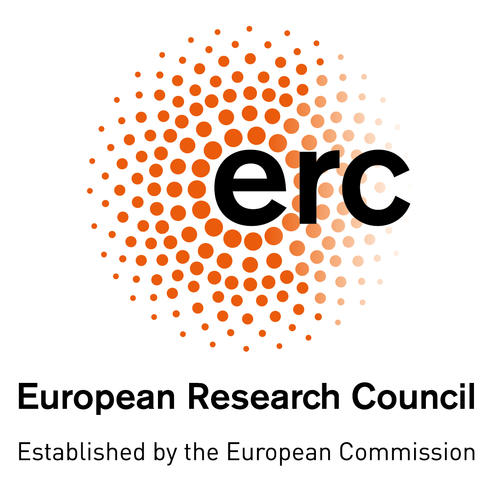Instantaneous Neural Processing of Communicative Functions Conveyed by Speech Prosody
Rosario Tomasello, Luigi Grisoni, Isabella Boux, Daniela Sammler, Friedemann Pulvermüller – 2022
During conversations, speech prosody provides important clues about the speaker’s communicative intentions. In many languages, a rising vocal pitch at the end of a sentence typically expresses a question function, whereas a falling pitch suggests a statement. Here, the neurophysiological basis of intonation and speech act understanding were investigated with high-density electroencephalography (EEG) to determine whether prosodic features are reflected at the neurophysiological level. Already approximately 100 ms after the sentence-final word differing in prosody, questions, and statements expressed with the same sentences led to different neurophysiological activity recorded in the event-related potential. Interestingly, low-pass filtered sentences and acoustically matched nonvocal musical signals failed to show any neurophysiological dissociations, thus suggesting that the physical intonation alone cannot explain this modulation. Our results show rapid neurophysiological indexes of prosodic communicative information processing that emerge only when pragmatic and lexico-semantic information are fully expressed. The early enhancement of question-related activity compared with statements was due to sources in the articulatory-motor region, which may reflect the richer action knowledge immanent to questions, namely the expectation of the partner action of answering the question. The present findings demonstrate a neurophysiological correlate of prosodic communicative information processing, which enables humans to rapidly detect and understand speaker intentions in linguistic interactions.
author = {Tomasello, Rosario and Grisoni, Luigi and Boux, Isabella and Sammler, Daniela and Pulvermüller, Friedemann},
title = "{Instantaneous Neural Processing of Communicative Functions Conveyed by Speech Prosody}",
journal = {Cerebral Cortex},
year = {2022},
month = {02},
abstract = "{During conversations, speech prosody provides important clues about the speaker’s communicative intentions. In many languages, a rising vocal pitch at the end of a sentence typically expresses a question function, whereas a falling pitch suggests a statement. Here, the neurophysiological basis of intonation and speech act understanding were investigated with high-density electroencephalography (EEG) to determine whether prosodic features are reflected at the neurophysiological level. Already approximately 100 ms after the sentence-final word differing in prosody, questions, and statements expressed with the same sentences led to different neurophysiological activity recorded in the event-related potential. Interestingly, low-pass filtered sentences and acoustically matched nonvocal musical signals failed to show any neurophysiological dissociations, thus suggesting that the physical intonation alone cannot explain this modulation. Our results show rapid neurophysiological indexes of prosodic communicative information processing that emerge only when pragmatic and lexico-semantic information are fully expressed. The early enhancement of question-related activity compared with statements was due to sources in the articulatory-motor region, which may reflect the richer action knowledge immanent to questions, namely the expectation of the partner action of answering the question. The present findings demonstrate a neurophysiological correlate of prosodic communicative information processing, which enables humans to rapidly detect and understand speaker intentions in linguistic interactions.}",
issn = {1047-3211},
doi = {10.1093/cercor/bhab522},
url = {https://doi.org/10.1093/cercor/bhab522},
note = {bhab522},
eprint = {https://academic.oup.com/cercor/advance-article-pdf/doi/10.1093/cercor/bhab522/42426065/bhab522.pdf},
}

